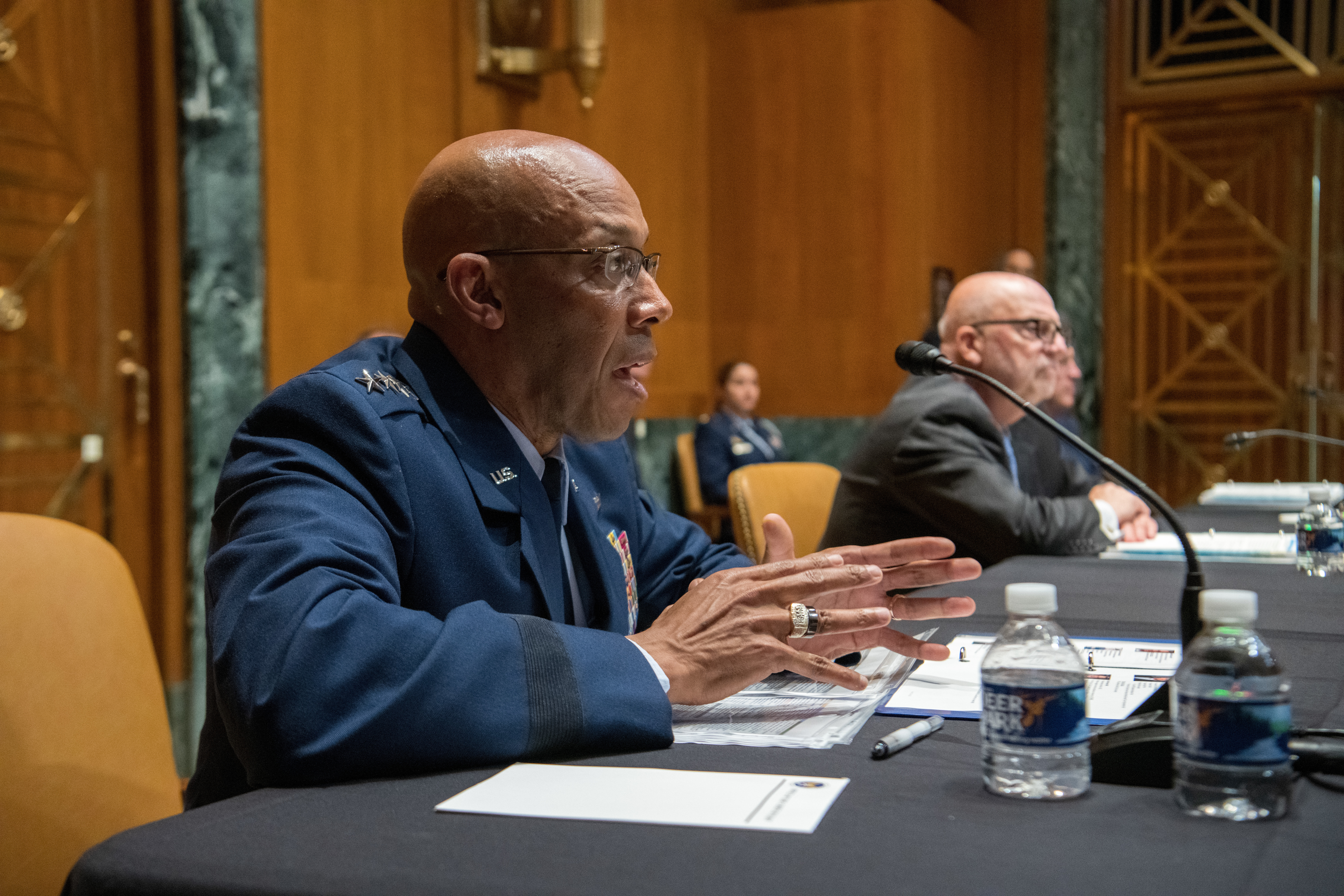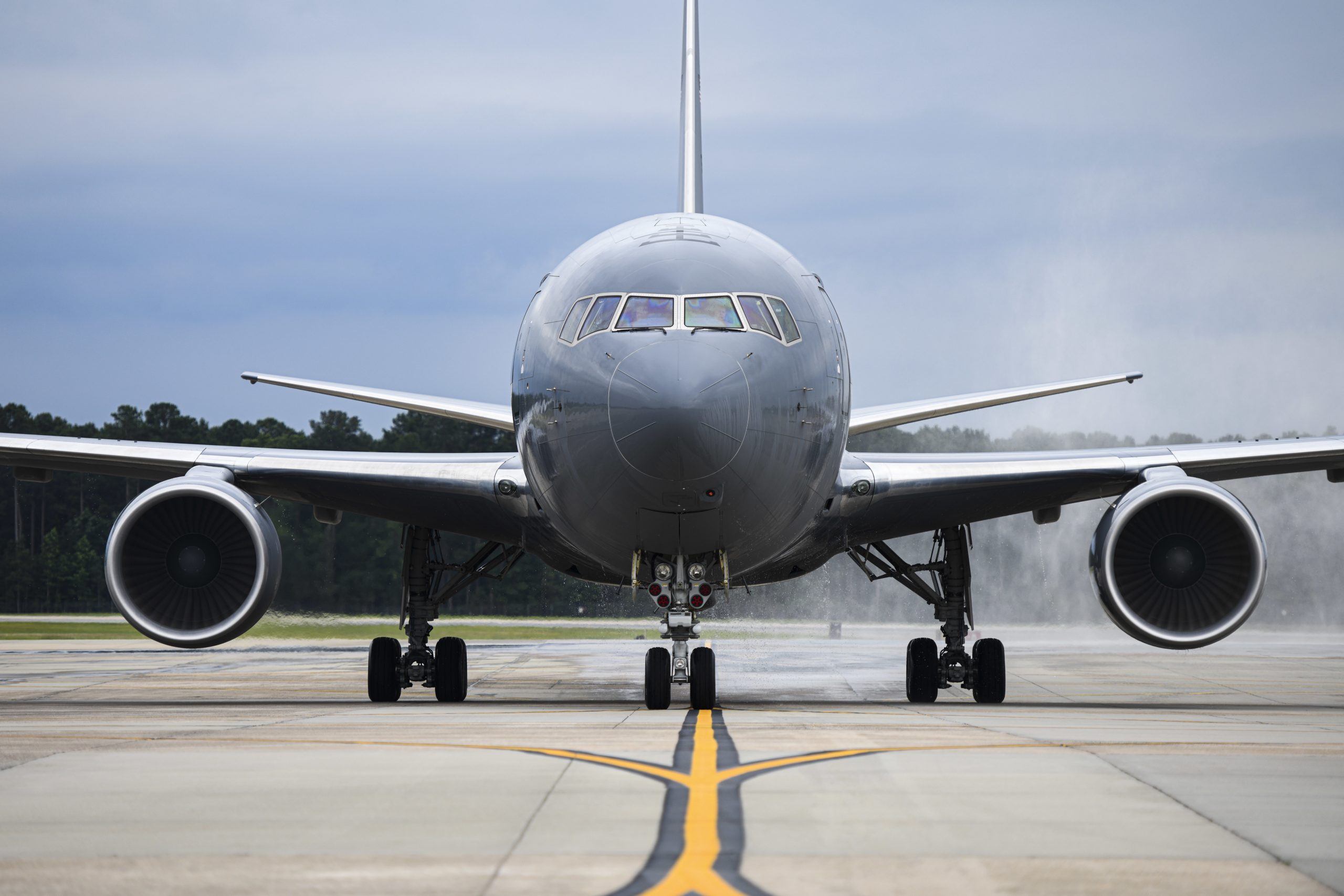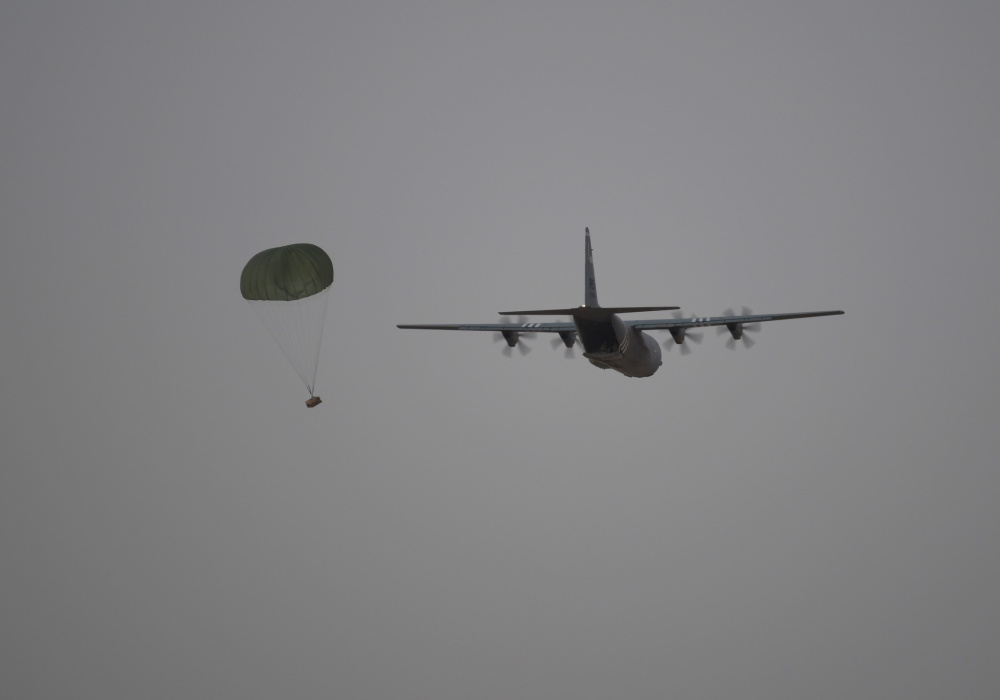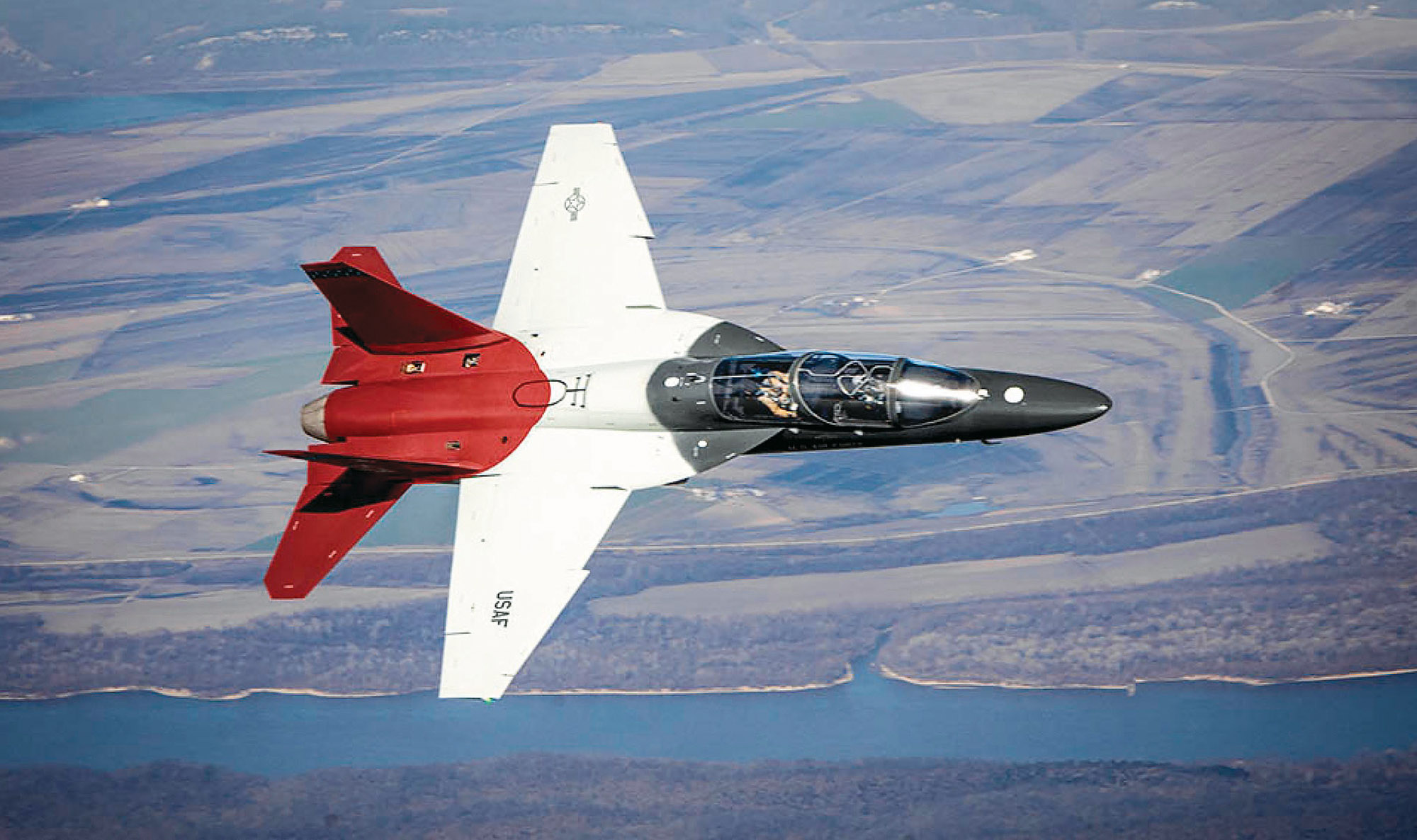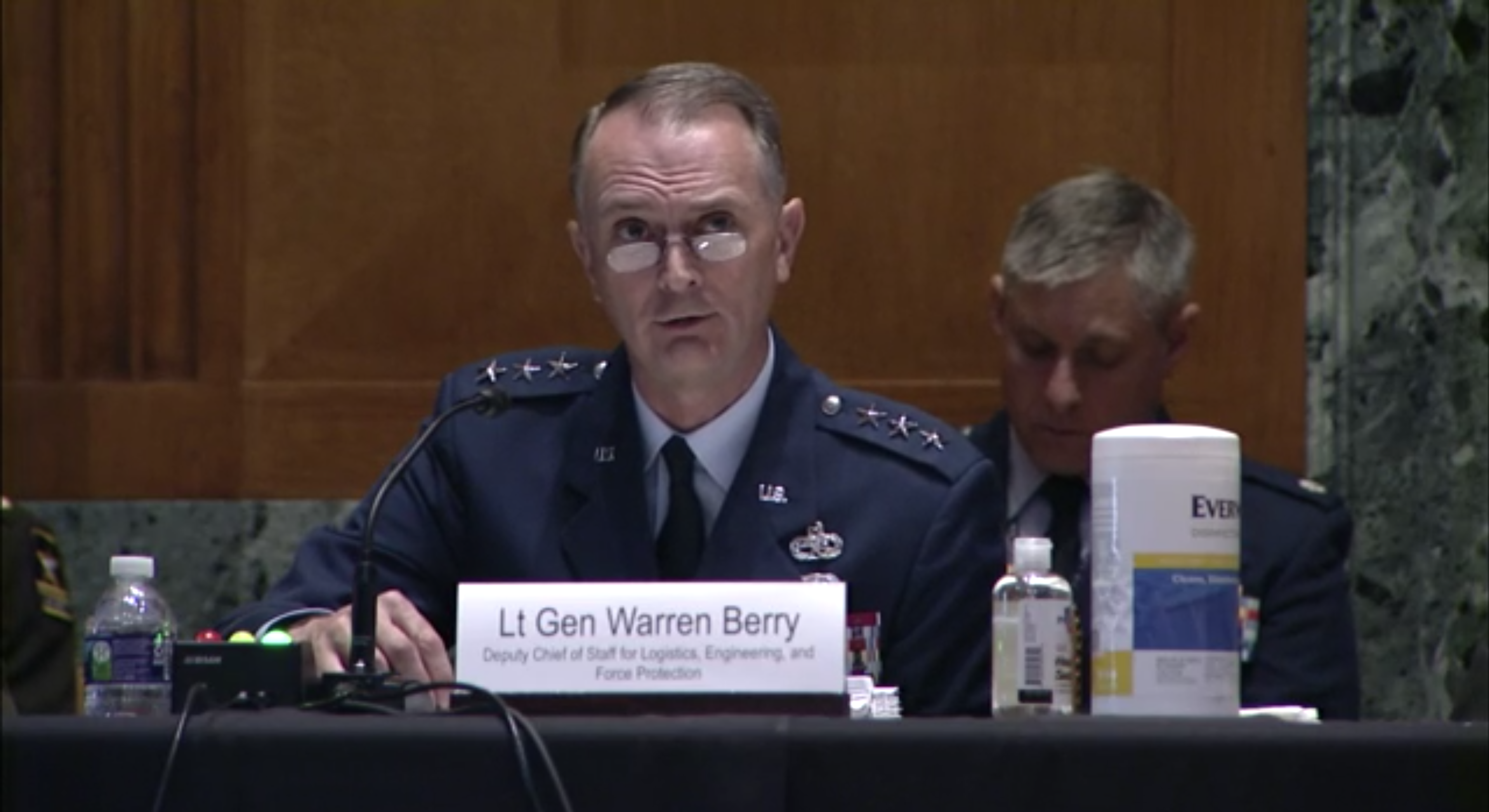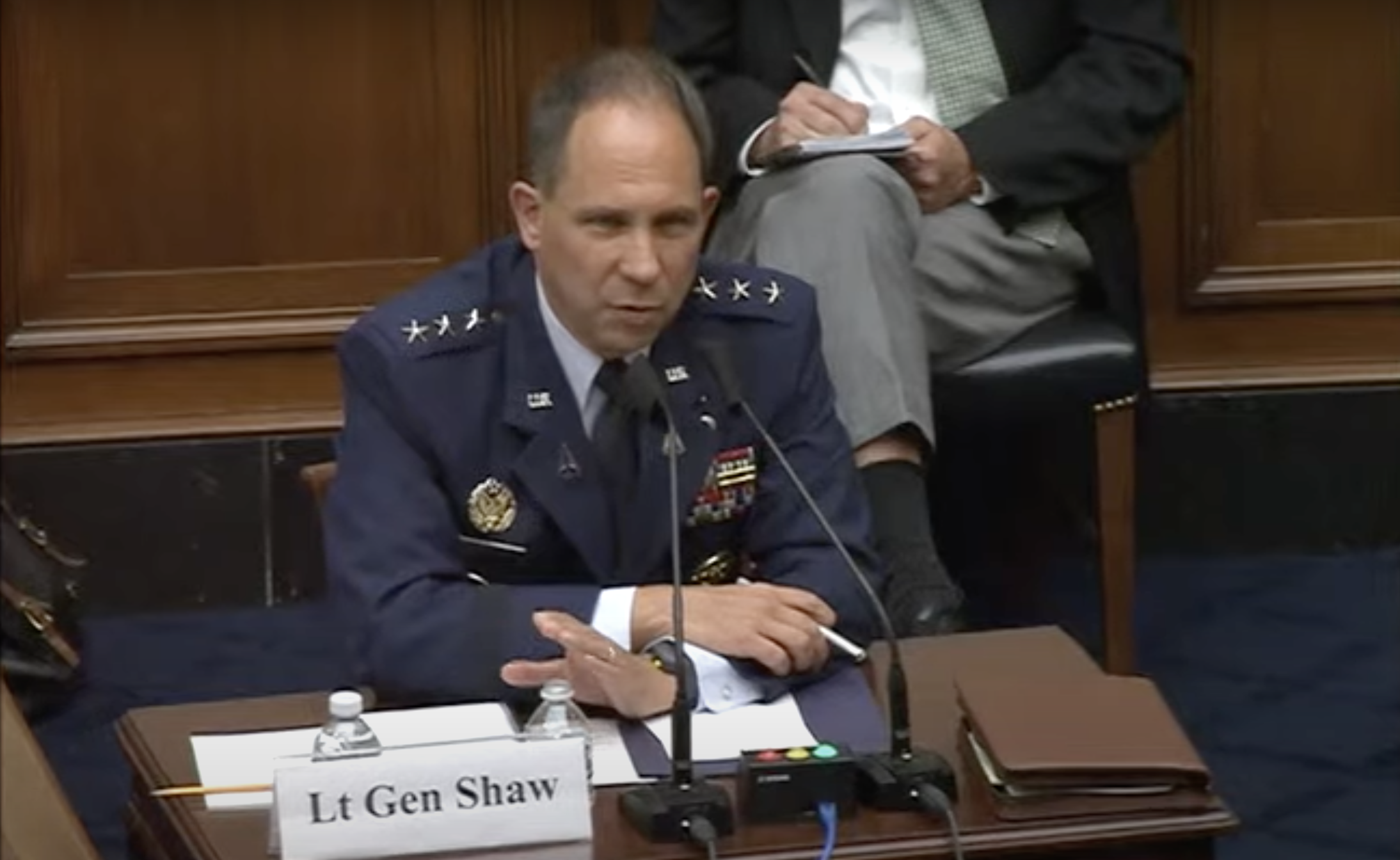Go Space Force, beat Air Force?
At least one U.S. Senator has expressed interest establishing a new service academy dedicated to the fledgling service branch. Sen. Tommy Tuberville (R-Ala.) floated the idea June 17 during a Senate Armed Services Committee hearing, pressing Chief of Space Operations Gen. John W. “Jay” Raymond on the topic.
“I’ve spoken in every Academy in our country, leadership, and organization. I’m very proud of them,” Tuberville said. “And I just hope that … we’ve got great institutions in this country, but I think we need something maybe where just we specialize with space.”
Raymond, however, said he didn’t think such an institution was necessary at this point.
“I think one of the things is, as an independent service, you have to develop your own people,” Raymond said. On the officer side, we only bring in about 300 or so folks a year. I’m very comfortable that the Air Force Academy is developing those people for us.
“In fact, you know, two years ago, before the Space Force stood up, we only got 30 cadets out of the Academy. The first year, last year, out of the Academy, we received 86. This year, 118. So we’re coming up on a little less than half of our total population coming from the Academy. And the talent that we’re getting is really top-tier talent, including a Rhodes Scholar. And so the Academy has a strong astro program—they’ve got a strong space program. I’m very comfortable that they are producing the the officers that we need to cover the Space Force, and they’re doing really good work.”
The Space Force has only existed as an independent service branch since December 2019, and no plans for a service academy were included in the service’s initial proposal. Tuberville, however, represents a state with a strong Space Force connection, as the city of Huntsville, Alabama, was selected as the new headquarters for U.S. Space Command. That decision has been protested and is currently under review.
There are five service academies: the U.S. Military Academy at West Point, the U.S. Naval Academy, the U.S. Air Force Academy, the U.S. Coast Guard Academy, and the U.S. Merchant Marine Academy. Like the Space Force construct, the U.S. Marine Corps commissions officers from the Naval Academy.
While Raymond didn’t sound interested in the idea of a separate Space Force Academy, he did express optimism about the service’s newly launched University Partnership Program, which was initially joined by 10 to 12 schools.
“What we are seeing, and what I am seeing as you go around to the schools, is that there is an increased amount of folks that are applying for space-related STEM degrees, which is important,” Raymond said. “I think it’s going to pay great dividends for our nation. What we’re trying to do with our University Partnership Program is partner with those folks and then attract them to come into the Space program. I’ve talked to [NASA administrator] Nelson—I’d really like to partner with them as well. I think there’s great opportunity here for the youth of America.


